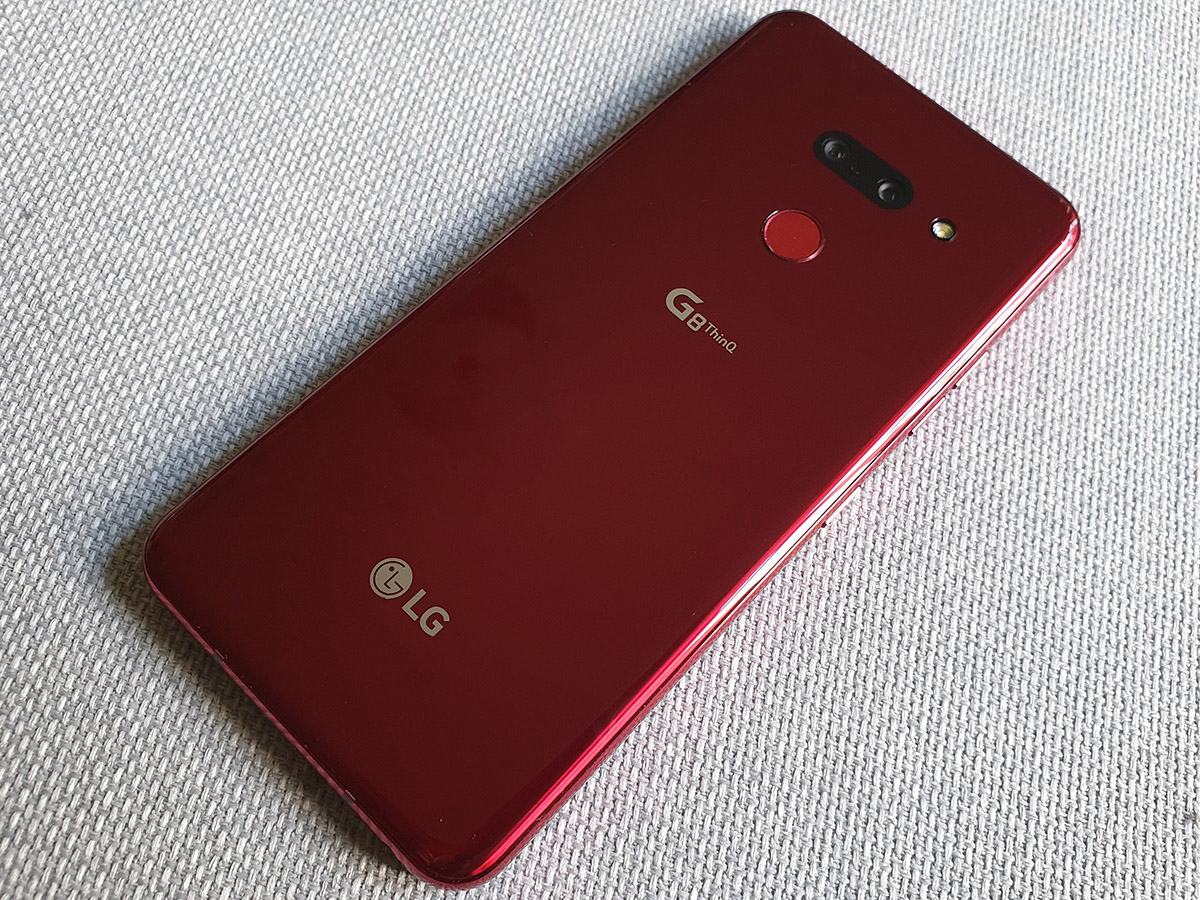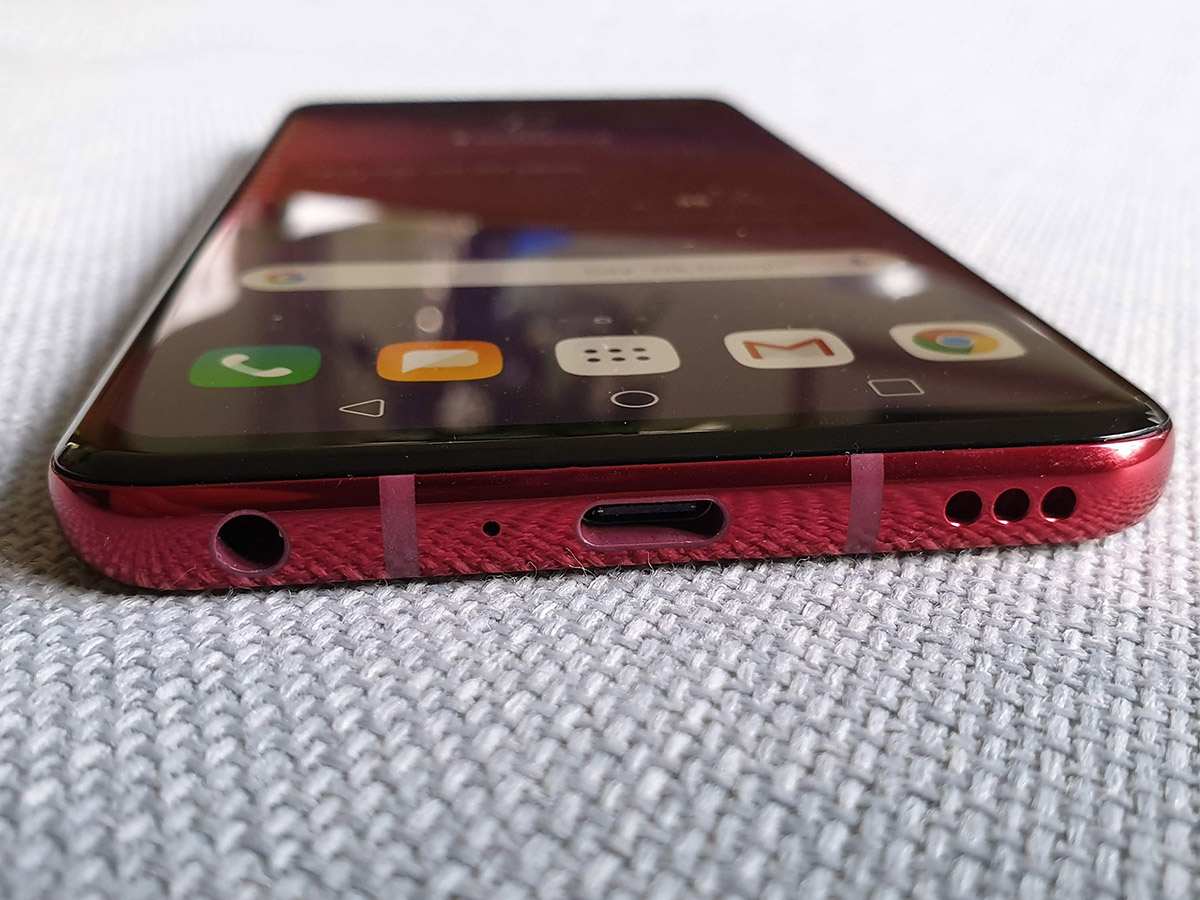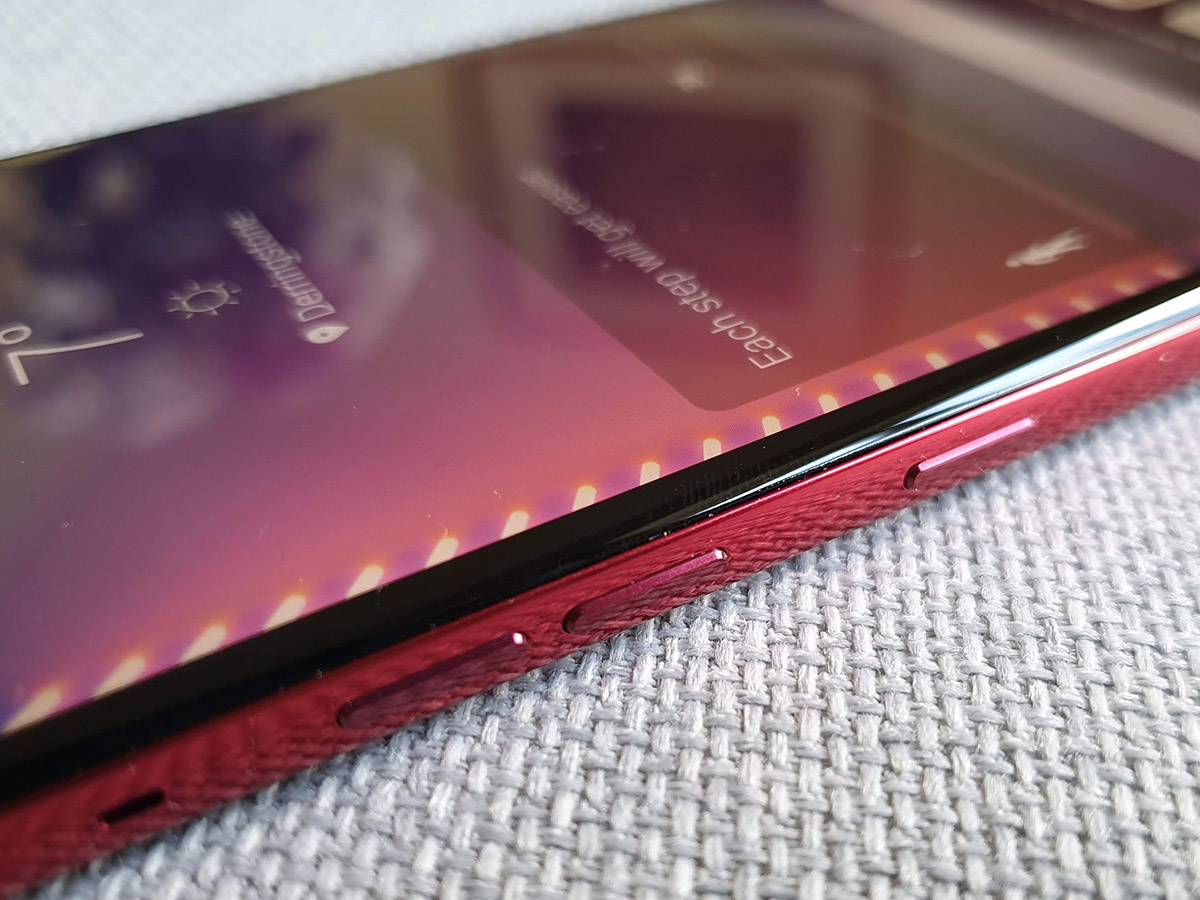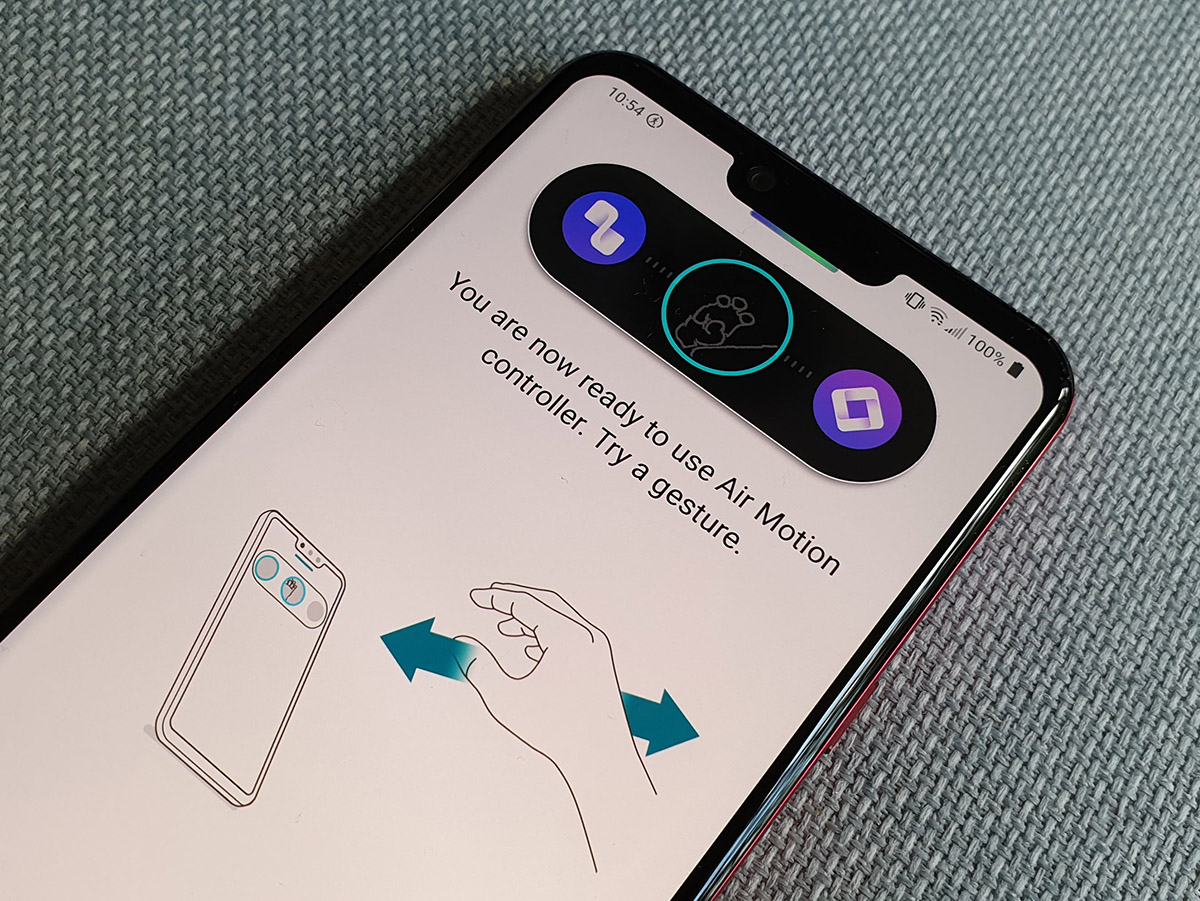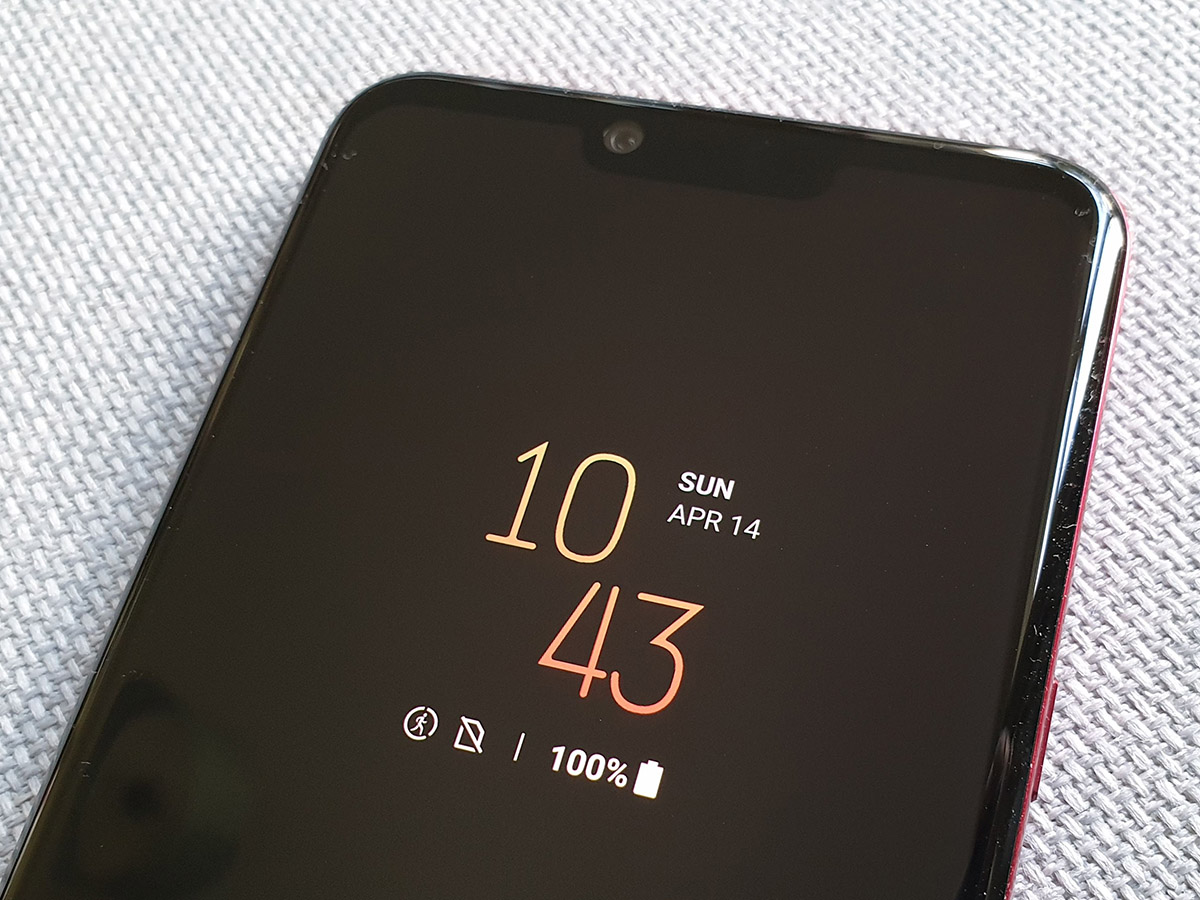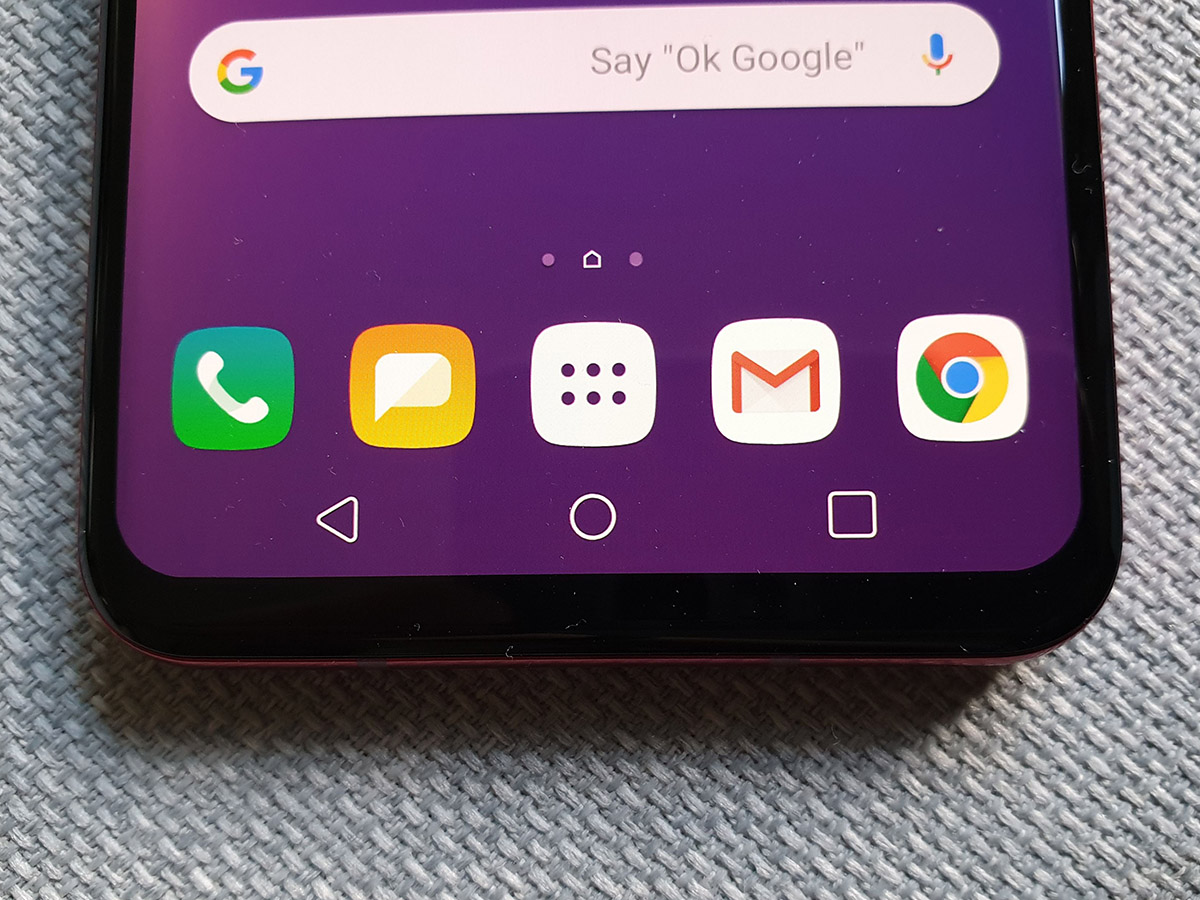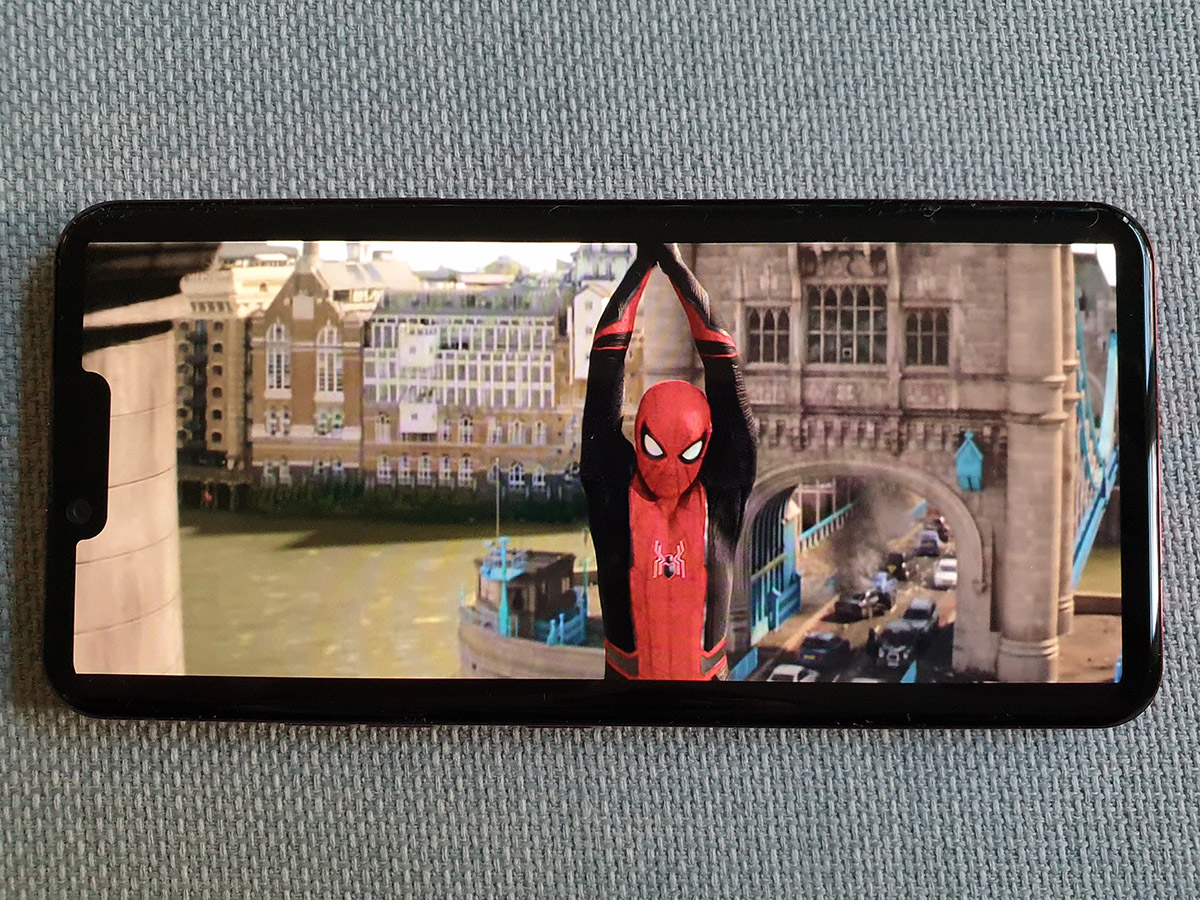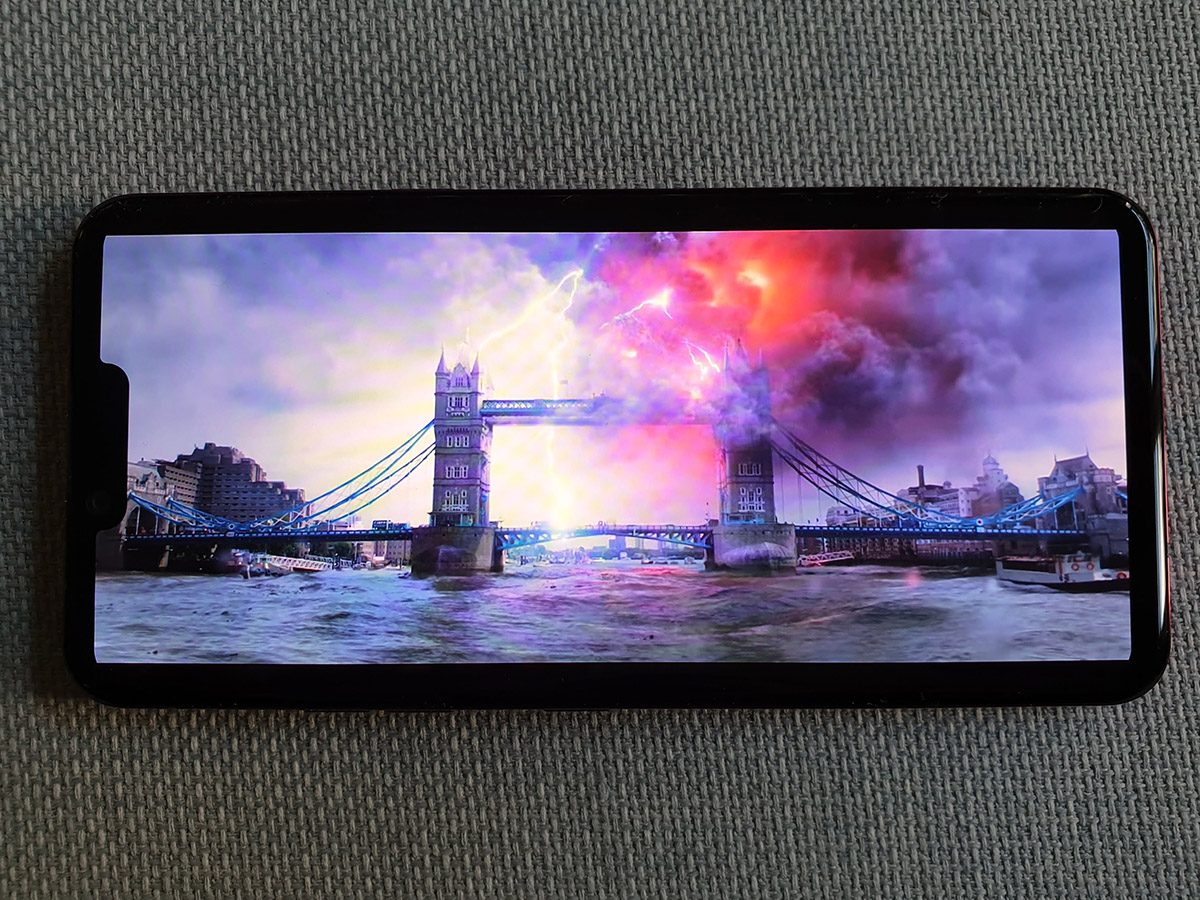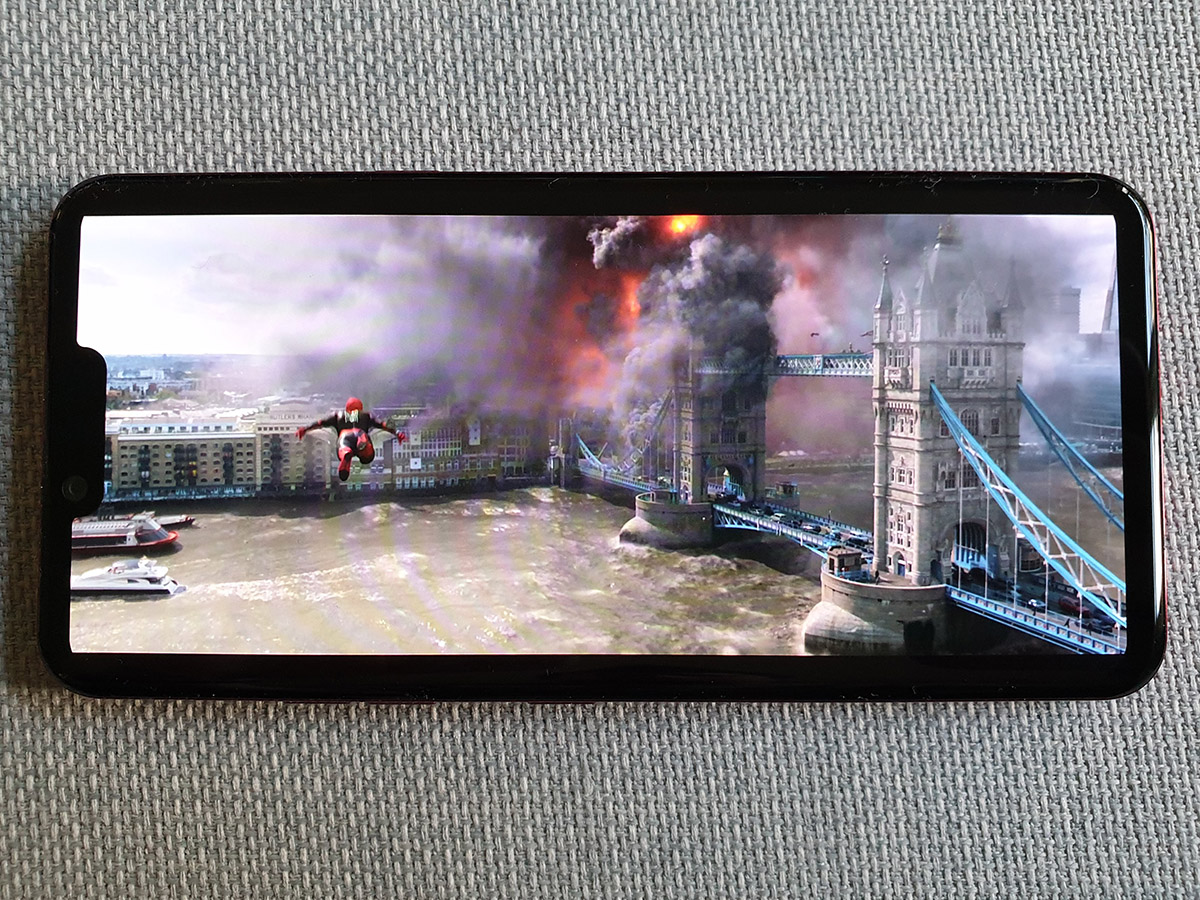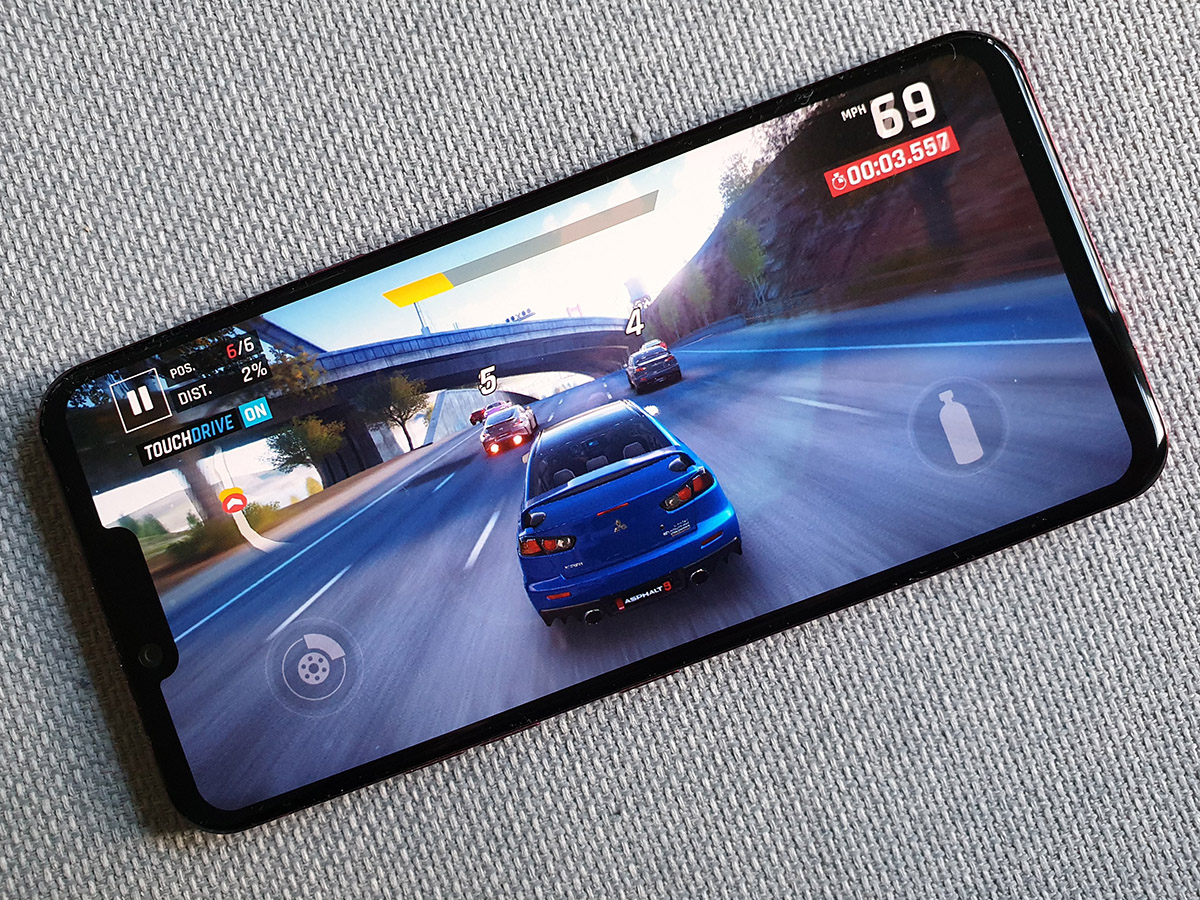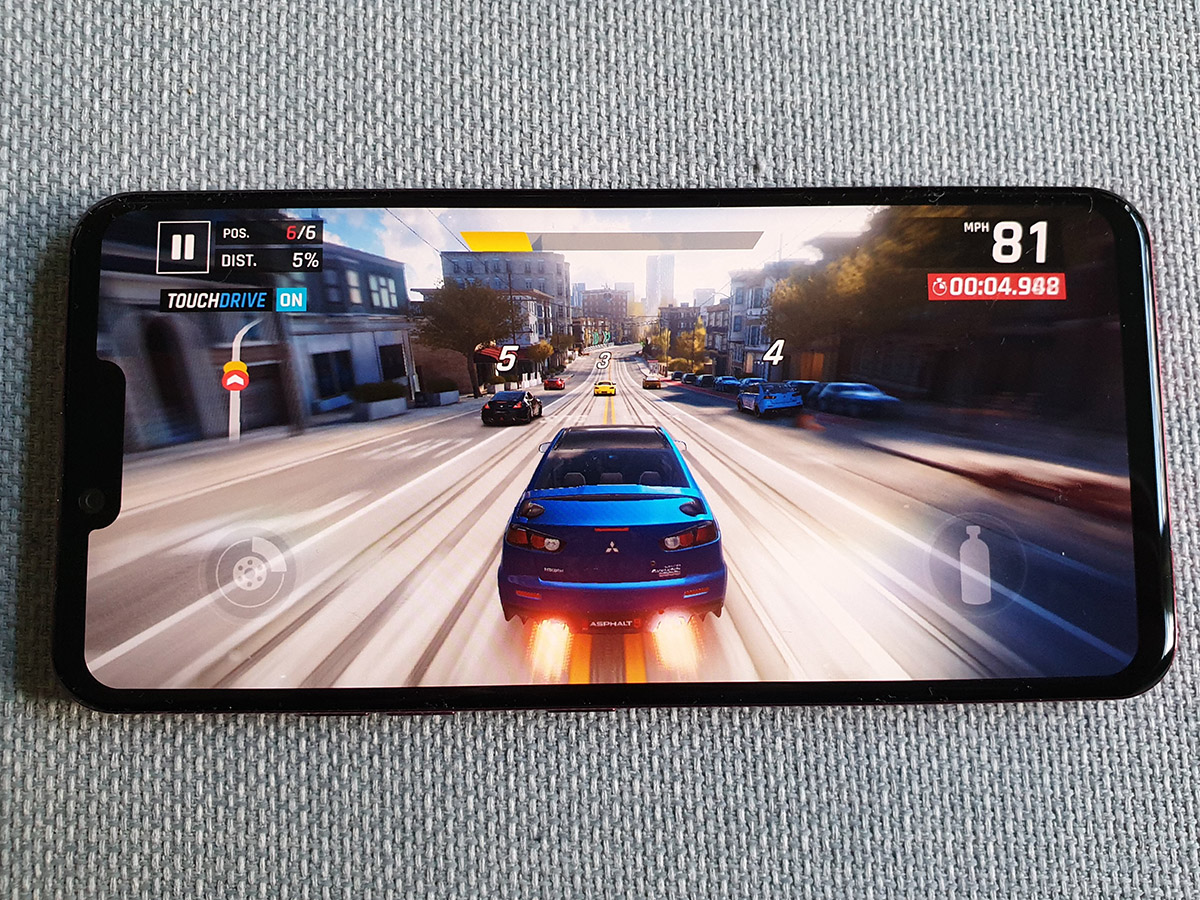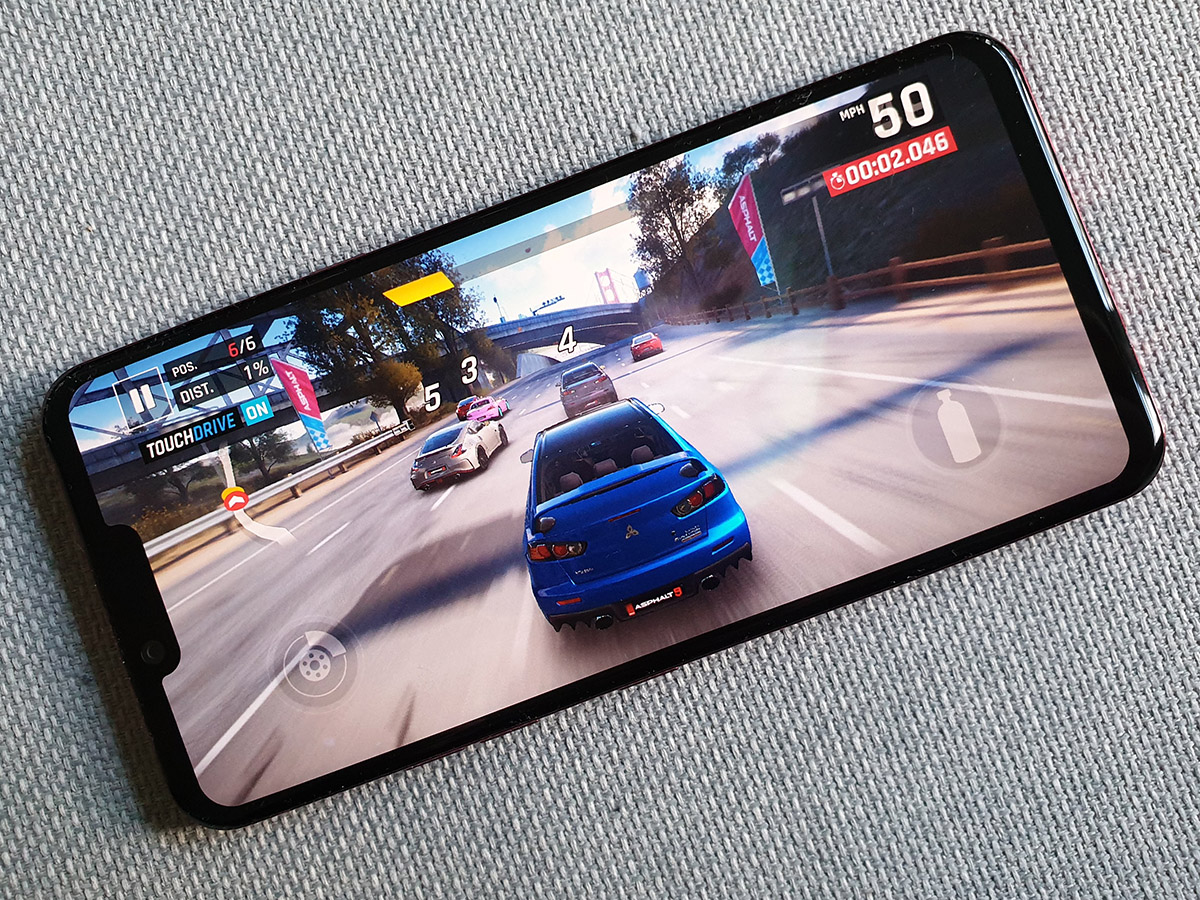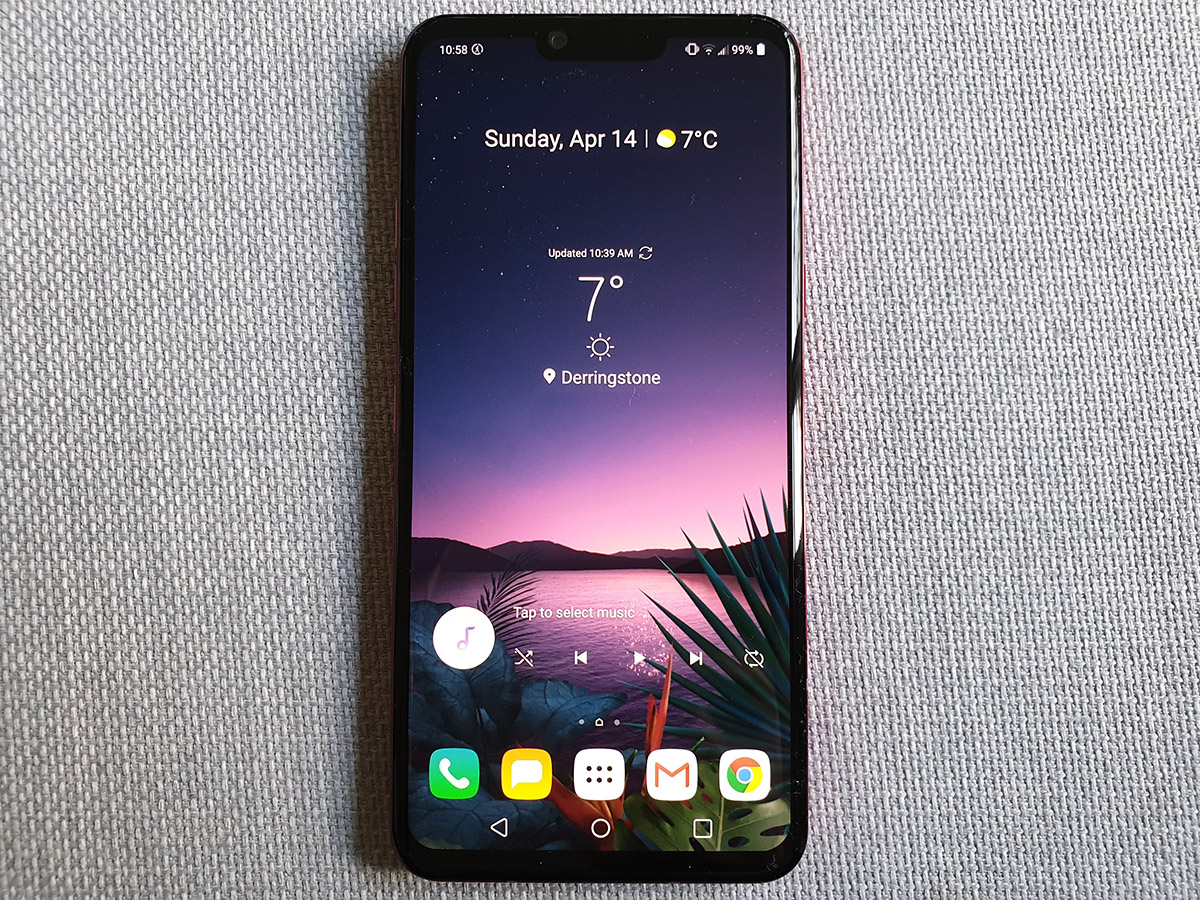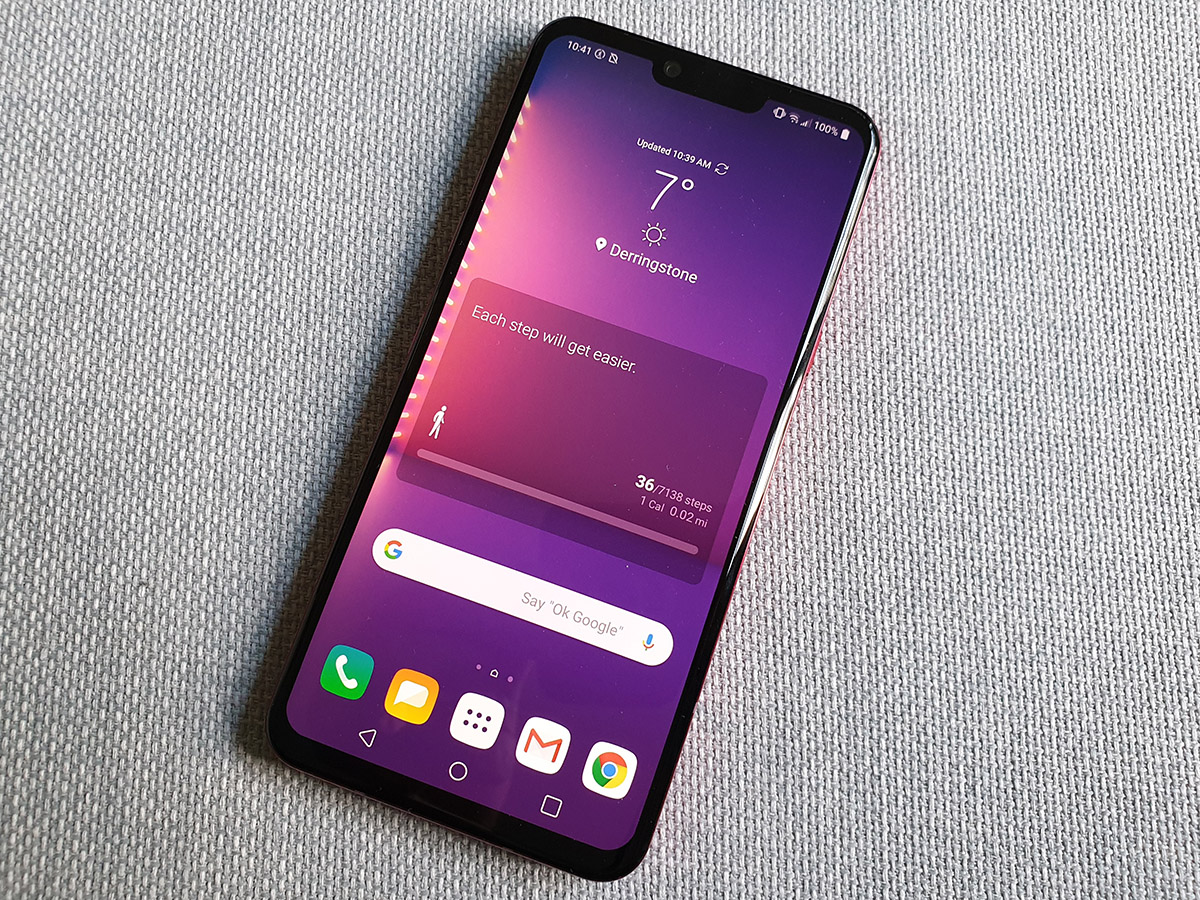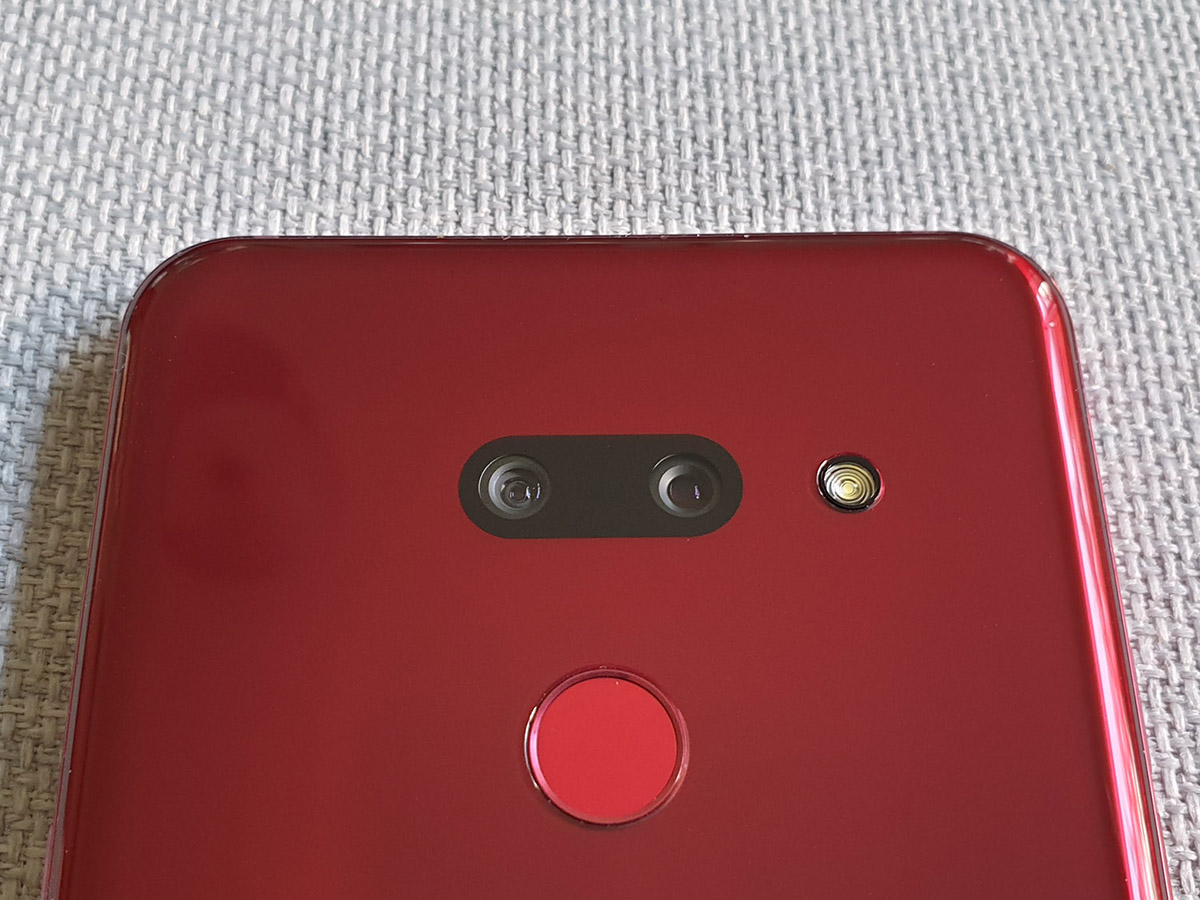LG G8 ThinQ review
Eight ain't quite great, unless you're gaga for gimmicks
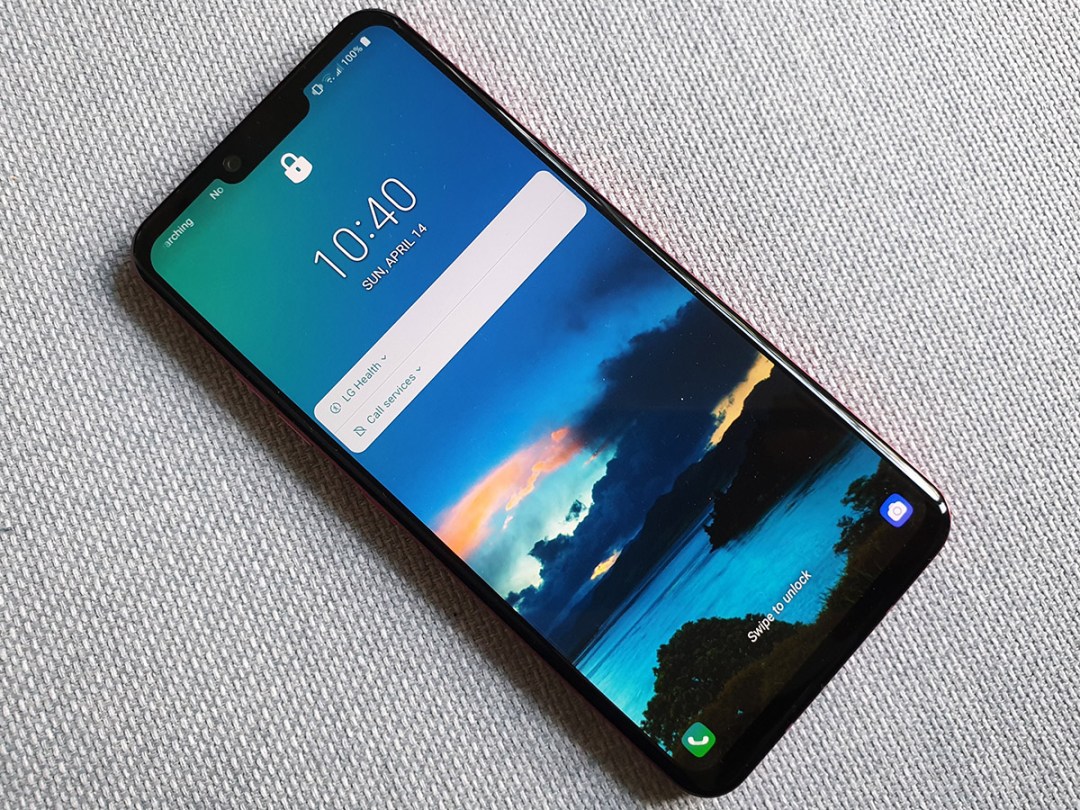
LG has been valiantly duking it out among smartphone heavyweights for years, but it seems like 2019 might finally be the year the brand steps down a division.
It’s got a new flagship, y’see – but for the first time it’s not coming to the UK. Not officially, anyway. LG is letting Samsung, Apple, Huawei and the rest fight for our pounds, while it concentrates on other countries. But could the G8 Thinq be a hidden gem worth trying to import on your own?
With truly top-end specs, some depth-sensing camera cleverness and hands-free motion gestures, it certainly got us intrigued enough to track one down and see if LG has missed a trick in not bringing it to Blighty.
DESIGN & BUILD: SMOOTH AS GLASS
On the surface, the G8 isn’t all that much of a looker – at least by 2019 standards.
That’s largely down to the Apple-inspired screen notch, and the somewhat chunky bezels are a bit more iPhone XR than iPhone XS. Still, you can forgive the noticeable notch because it’s hiding some 3D-sensing Time of Flight tech as well as a selfie cam.
With no earpiece speaker on the front, and just the (gasp) physical fingerprint sensor on the back, it’s like the phone is made entirely from glass. There’s a fantastic smoothness that makes the G8 genuinely pleasant to get in your hands – even if it will slip off an even slightly uneven surface should you give it the opportunity.
There is a metal frame holding the two panes of Gorilla Glass together, but it’s nicely rounded – if a little on the portly side. Still, it’s not so physically massive that you’d want the mitts of a pro wrestler just to hold the thing, and is also IP68 water resistant, so will shrug off a brief dunking.
A dedicated Google Assistant button returns from last year’s G7, letting you press once to activate or twice to jump to the main Assistant screen. You still can’t reassign it to open other apps, though. The 3.5mm headphone jack also hangs around, which is great to see – no need to mess around with dongles here.
FEATURES: GOT THE GIMMICKS
Biometrics must have been high on the wish list for LG’s engineers this year, because the G8 has the lot: a physical fingerprint sensor, secure face detection and even the somewhat wacky palm vein identification.
Those last two use the 3D scanning selfie cam setup, which can recognise you even when you’re rocking a pair of sunglasses, and is impressively quick. Apple’s FaceID is still the bee’s knees, but this is up there with the best you’ll find on Android. It’s a shame a lot of apps don’t recognise it as secure authentication, meaning you’ll still need a fingerprint or password to access your online banking.
Palm authentication needs you to hold your hand up to the camera. It’s not a convenient gesture, unless you happen to be driving or have the phone docked, but then you shouldn’t be using it when behind the wheel anyway. The other unlocking methods work so quickly that you have to question whether you’d ever really want to unlock your phone this way.
It does allow for gesture-based controls, which LG calls Air Motion. You hover your hand over the camera and highlight icons to control music volume or pause your playlist, but the list of functions is limited. Handy if you’re jamming out while baking a cake and don’t want to coat your blower in batter, I guess?
Short of snapping a selfie from across the room, this is one feature we can’t see many people needing at all.
DISPLAY & SOUND: GAME OF TONES
Sorry if you thought we were done with the unusual extras – the G8’s screen hides another. It uses a piezoelectric panel – LG calls it Crystal Sound, which is a whole lot easier to say – where the entire display vibrates to pipe audio down your ear canals.
Huawei used something similar for the P30 Pro, but only for calls – here you get stereo sound, through the glass and a traditional speaker at the bottom of the phone. An echo chamber inside the phone provides the bass, which you can feel through the rear glass.
The setup certainly works when making calls, even if you’ve got to turn up the volume a little higher than you might on another handset. For music and games, though? It’s decent, but not as good as two front-firing speakers. Block out the bottom speaker grille and the mid-range disappears completely.
You can turn on DTS:X 3D surround, but results are a mixed bag. Some tracks are improved with a wider sound, while others become overly sharp and treble-heavy. It’s far from the best-sounding phone speaker out there, then, but still gets the job done for YouTube clips and the like.
Through headphones, though, the G8 is among the best phones going thanks to a customisable quad DAC and hi-res audio support.
The G8 is the first mainstream G-series phone to be given the OLED treatment – it’s normally something LG saves for its premium V-series phones. And seeing how it makes some of the best-looking OLED tellies out there, we were expecting good things.
It starts off well, matching last year’s G7 with a 6.1in, 3120×1440 resolution panel. It’s sharp, detailed and delivers near-infinite contrast, giving real depth to videos and still images. Viewing angles are excellent and colours look properly vibrant. HDR10 support adds some welcome extra punch to compatible videos, too.
Colour accuracy is a bit of a let-down, with whites taking on a blue-ish hue, but turning on the True View mode that adapts the display to ambient light helps restore that balance. Even then it’s not quite on par with the Galaxy S10 or Apple iPhone XS, but you’d need a side-by-side comparison to really spot the LG’s limitations.
The main downside is brightness, or rather the lack of it. In automatic mode, the display tends to dim a little bit too much, crushing subtle shades that would otherwise be on display if you cranked the screen up a level or two. And while it gets bright enough when you step outdoors, it’s nowhere near as clear as the G7 and its supernova-grade LCD screen.
OS & SOFTWARE: SHOUT OUT TO MY UX
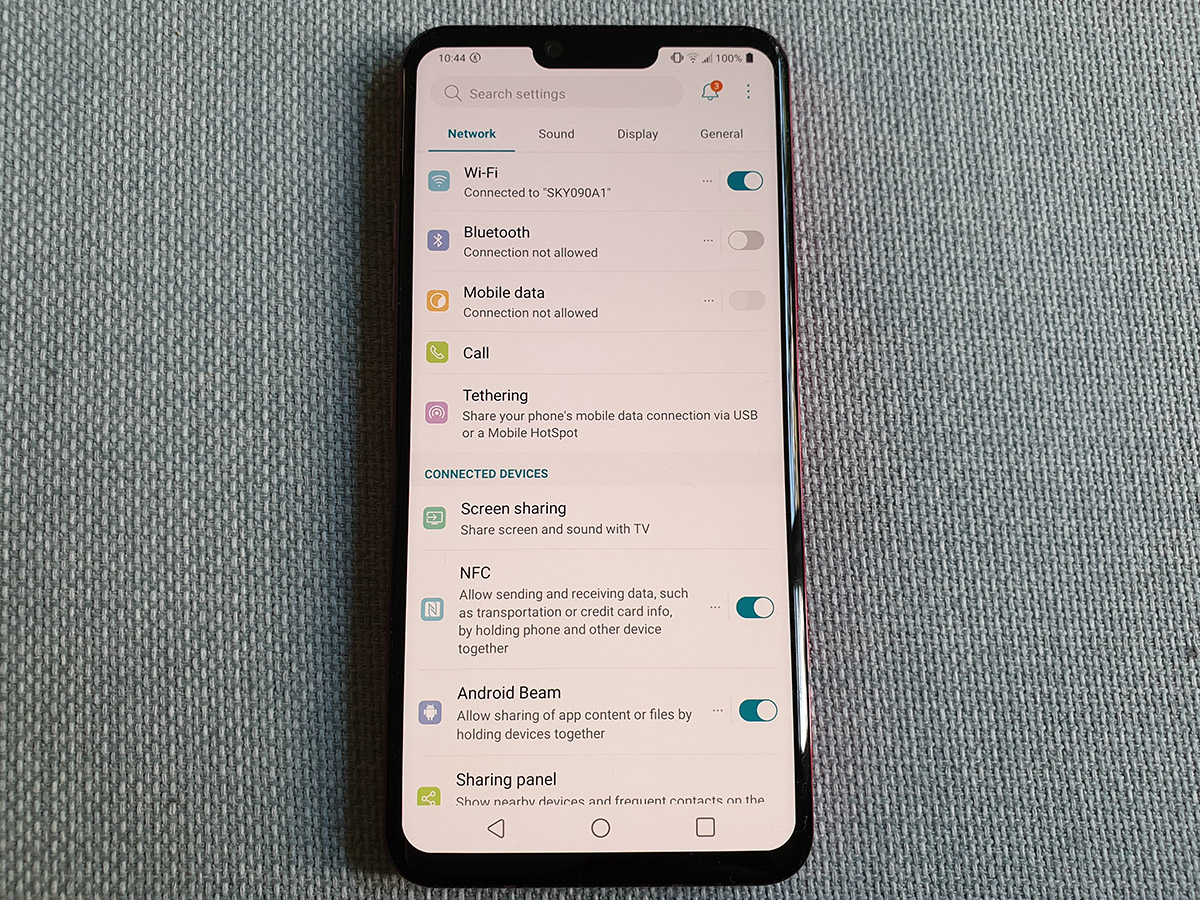
Older LG phones used to feel like a major departure from the Android norm, but the G8 gets a lot closer to the stock Google experience.
Google Assistant is just a swipe away on the home screen, you can swap the onscreen keys for the same Pill-shaped one button controls found on the Pixel 3, and swipe up to reveal all your installed apps.
Of course, there’s still an abundance of pre-installed apps you probably won’t ever use if you’re a fan of Google’s own, but they’re at least buried in a folder right out of the box. Unless you go digging for them, you might not even realise they are there.
It’s running Android Pie, with a few missing features like Google’s digital wellbeing and no dark mode to take advantage of the OLED display. There are a few welcome touches, like the customisable always-on display, and the option to hide the notch using software if you really hate it that much, and the overall UI isn’t that dissimilar from stock Android.
WTF….is a ToF camera?
A time-of-flight camera measures distance based on the speed of light. It measures the distance of the light signal between every single point of a given object and the camera. It’s a way of capturing 3D images quickly and precisely and isn’t affected by light.
CAMERA: TWO TO TANGLE
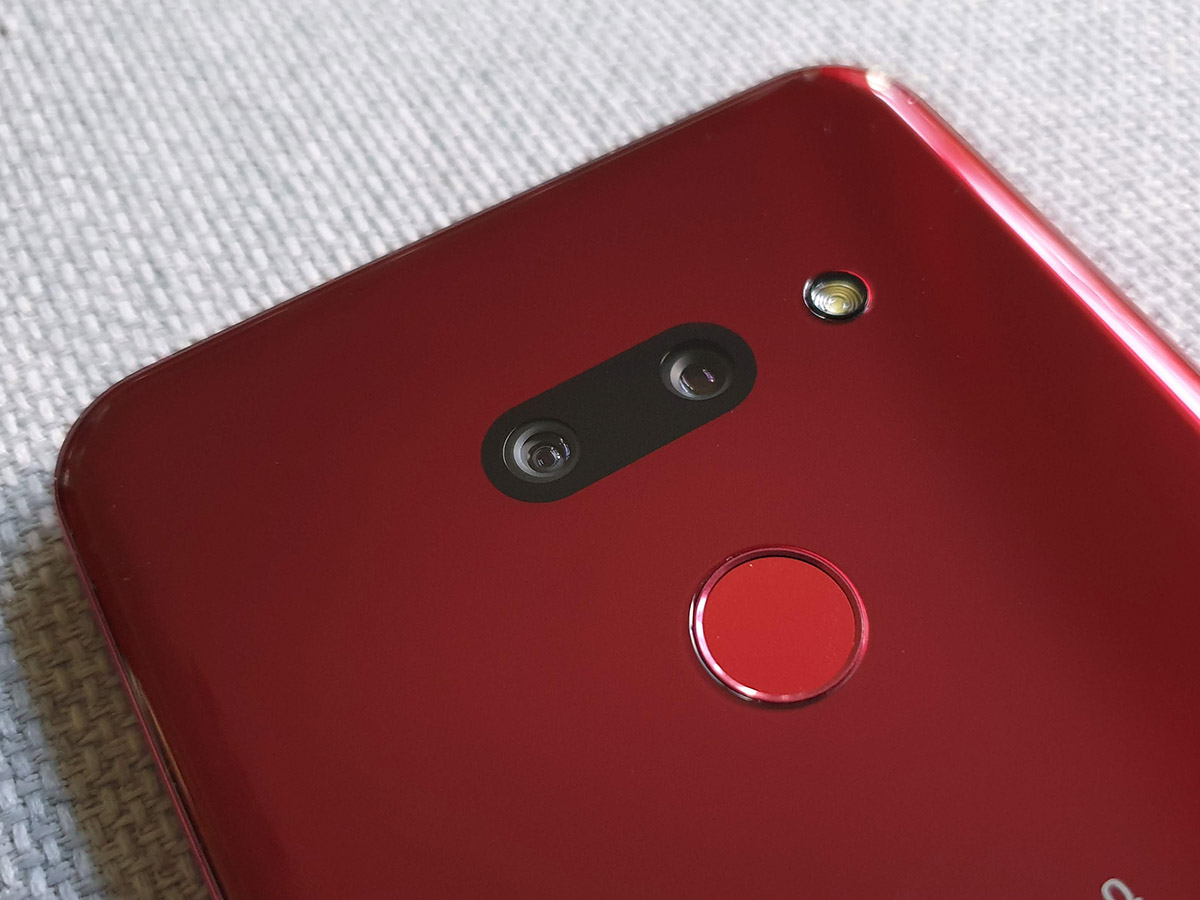
Import your G8 from the US and you’ll find two snappers on the back: a 12MP main and 16MP wide-angle, though only the former gets optical image stabilisation. Korea goes one better with a 2x optical zoom snapper thrown in for good measure.
LG was one of the first phone makers to add wide-angle lenses to its virtual camera bag, and processing here is almost identical to the main sensor – a big leap from earlier attempts. Detail is slightly reduced, even with the higher pixel count, but there’s not much to separate the two any more.
An AI mode (or scene recognition to eye-rolling camera nerds) works across both lenses, boosting contrast and upping colour vibrancy to give your photos more punch. The changes are subtle, but not always a true representation of the scene, and often oversharpened. For daylight shooting, it’s best left switched off.
Image quality in general is excellent. A decent amount of detail when shooting in daylight hours, with plenty of contrast and bright, largely accurate colours. With HDR enabled, exposure is largely on point, but the G8 does lean towards underexposure in a lot of cases, losing detail that other phones would pick up.
There’s a dedicated low light mode, but it’s nowhere near as good as the Google Pixel’s Night Sight, and leagues behind the excellent Huawei P30 Pro. Most people will be happy enough with grainy but detailed shots; we’d rather pay the extra and have great photos whatever the lighting conditions.
You’d think the 8MP selfie cam would be able to create some convincing depth blur using that clever Time of Sight sensor, but the results aren’t all that much better than rivals that rely purely on software. Edge detection struggles with finer details like hair, focusing is hit-and-miss in low light, and the overall effect can end up looking a bit fake.
Still, if you like playing around with digital lighting effects, the G8 Thinq has you covered, with a studio’s worth of presets to brighten up your face.
PERFORMANCE: TICKS THE RIGHT BOXES
Any flagship phone worth taking seriously right now is rocking a Snapdragon 855 CPU, so LG has done the sensible thing and followed suit. The G8 also gets 6GB of RAM, 128GB of on-board storage and a microSD card slot for adding more space later.
That’s a recipe for speed if ever we’ve seen one, and the G8 delivers, with silky smooth Android animations, rapid app load times and multitasking modes free from stuttering once the latest round of firmware updates had been installed.
Mobile gaming is really the only way to properly push a phone like this, with Player Unknown’s Battlegrounds Mobile defaulting to the top detail settings and playing pretty much flawlessly. Fast-paced racers like Asphalt 9 seemed ultra-responsive too.
It’s only artificial benchmarks that put the LG behind the likes of Samsung’s Galaxy S10, the iPhone XS and Huawei P30, but for everyday use you really won’t notice the difference.
BATTERY LIFE: DOES A DAY WITHOUT DELAY
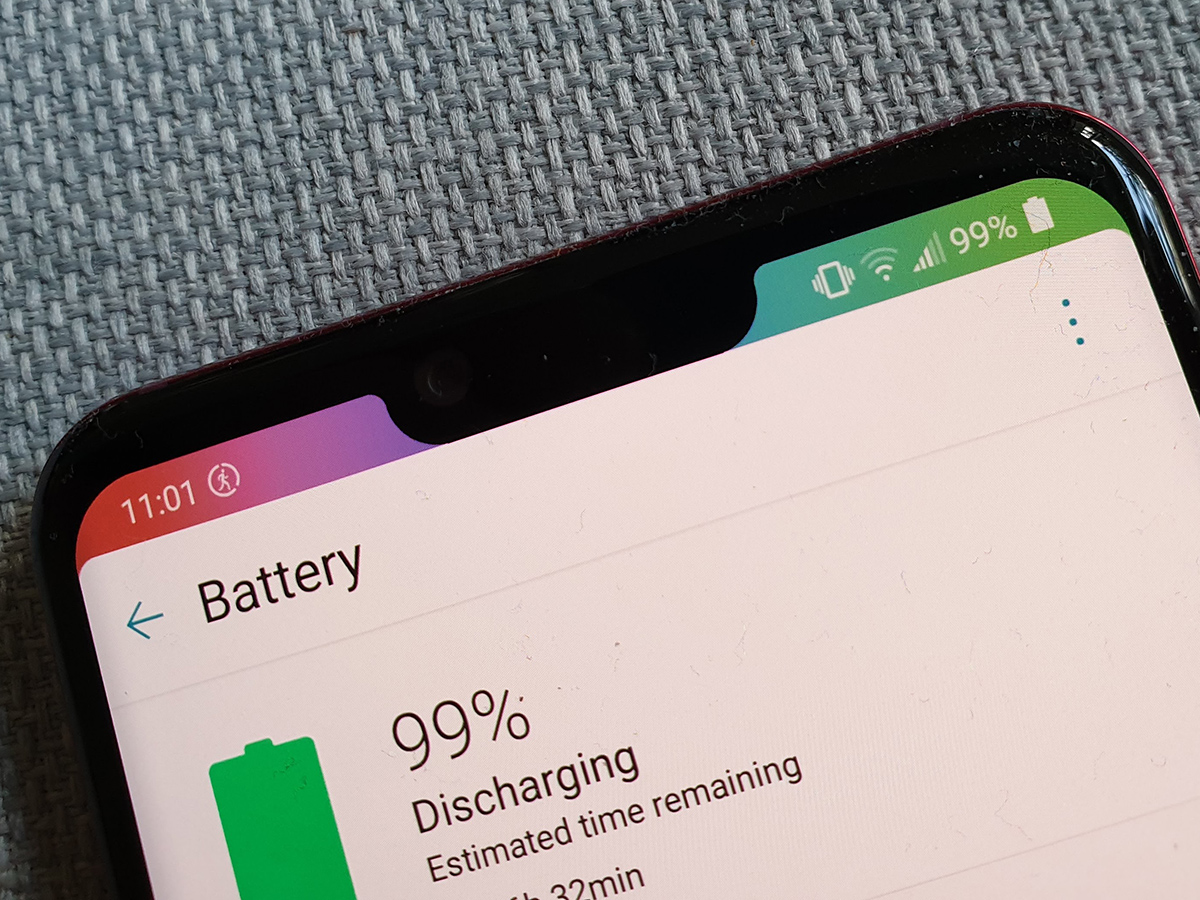
Top-end hardware can be a real power drain, but the G8 Thinq puts in a respectable showing thanks to a 3500mAh battery. That’s a significant step up over last year’s G7, although the real-world results aren’t quite as dramatic.
You’ll comfortably last the entire day on a single charge, but might need to dip into the power saving modes towards dinner time – especially if you spend a lot of time gaming or streaming video. In average use, we always made it to bedtime without needing to top up, but anyone needing more juice should seriously think about the longer-lasting Huawei P30 instead.
When it is time to recharge, you’ve got the choice of USB-C rapid charging or wireless charging. Just keep in mind there’s no wireless charger in the box, and we only saw about 50% from empty in 30 minutes – OnePlus and Oppo are still the best bet for the most impatient of you.
LG G8 THINQ VERDICT
It feels like for everything the G8 gets right, there’s something else letting the side down just a little bit.
Performance and battery life are exactly as you’d expect from a 2019 flagship, but Air Motion is such a gimmick you’re hardly ever going to find reason to use it. Wireless charging and waterproofing are great, but the physical fingerprint sensor and chunky screen notch feel a little old hat.
It has a versatile pair of cameras, but the Galaxy S10 and Huawei P30 go one better. LG’s Korea-only version might redress the balance, but image quality is still not on par with its rivals.
If the G8 were on sale through official channels here in the UK it might earn an extra star, but as it stands we just don’t think trying to import one is a sensible move – not when similarly-priced rivals offer better features, full network compatibility and a proper warranty.
Tech specs
| SCREEN | 6.1in, 3120×1440 AMOLED w/ notch, 19.5:9 aspect ratio, HDR10 |
| CPU | Qualcomm Snapdragon 855 octa-core |
| MEMORY | 6GB RAM |
| STORAGE | 128GB on-board, microSD expansion |
| CAMERA | 12MP, f/1./5, 27mm main w/ OIS, dual pixel PDAF, LED flash, 16MP, f/1.9, 16mm ultra-wide. 8MP, f/1.7, 26mm front w/ 3D ToF camera |
| OPERATING SYSTEM | Android 9.0 Pie w/ LG UX 8.0 |
| BATTERY | 3500mAh non-removable |
| DIMENSIONS | 152x72x8.4mm, 167g |
Stuff Says…
The G8 should be a tempting piece of forbidden fruit, but a few gimmicks just aren’t enough to make importing one worth the effort for UK buyers
Good Stuff
Slick design with pebble-like smoothness
Performance and battery life mostly on par with the competition
Extensive feature list
Bad Stuff
Awkward availability in the UK
Camera picture quality a step behind big-name rivals
Speaker tech is clever, but doesn’t sound all that great
Gesture controls are pure gimmick
